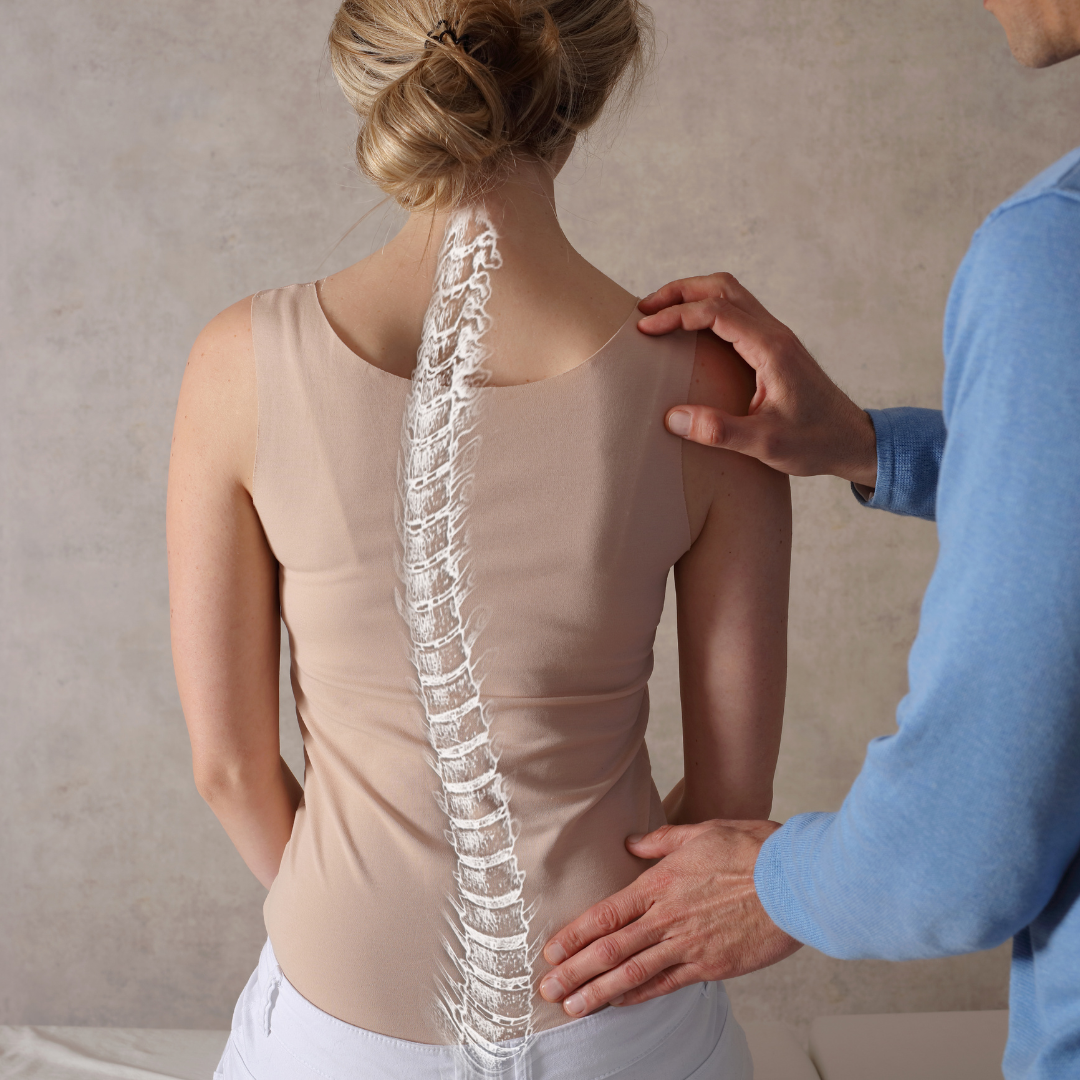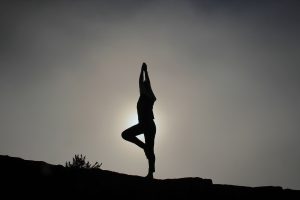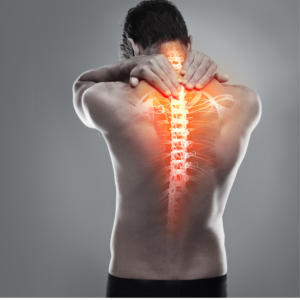Scoliosis is a complex spinal condition characterized by an abnormal curvature of the spine. It can have a significant impact on individuals, especially women and girls. In Women and Scoliosis: Body Implications, we will explore how scoliosis affects women and girls, why it is more prevalent in females, its potential consequences when left untreated, and the role of physical therapy in managing the condition.
Prevalence and Gender Disparity
Scoliosis affects a significant portion of the general population, with females being more prone to the condition than males. This gender disparity has intrigued researchers, but the exact reasons behind it remain unclear.
Onset and Age Range
Scoliosis can manifest at any age, but the most common age of onset is during adolescence, typically between 10 and 15 years. This period coincides with the growth spurt experienced during puberty, which may contribute to the increased prevalence among girls. Additionally, hormonal factors have been suggested as a potential influence on the development of scoliosis in females, although further research is needed to fully understand this correlation.
Impact on Women’s Bodies
When scoliosis is left untreated, it can lead to various negative effects on a woman’s body. The severity and progression of the condition vary from case to case, but potential consequences may include spinal deformity, respiratory issues, chronic pain, and reduced quality of life.
Physical Therapy Treatment Options
Physical therapy plays a crucial role in managing scoliosis, aiming to correct spinal curvature, alleviate pain, and improve overall function. Treatment options may include therapeutic exercise to improve posture, strengthen core muscles, and increase flexibility. Manual therapy techniques such as spinal mobilization and soft tissue manipulation can help relieve pain and improve range of motion. In cases where scoliosis is progressive or severe, bracing may be recommended. Additionally, physical therapists provide education on proper body mechanics, ergonomics, and lifestyle modifications to manage scoliosis effectively.
Results Physical Therapy’s Online Scoliosis and Back Pain Workshop
Thank you for reading Women and Scoliosis: Body Implications. If you’re experiencing back pain, Results Physical Therapy is hosting a FREE Online Scoliosis and Back Pain Workshop on June 6th from 5:30pm – 6:30pm. This workshop will provide information on the causes of back pain and offer practical tips on how to identify these conditions. The workshop will be led by Master Physical Therapist Andreas Schenk with 40 years of experience and is open to anyone who is interested in learning more about back pain and improving their quality of life.
To register, visit resultsrehab.com/workshops/ .
Want to take the first step toward pain-free living? Schedule a FREE Screening with one of our Doctorate Physical Therapists at resultsrehab.com/free-screening/ .



